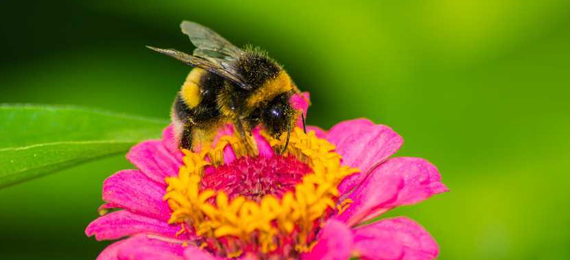
First of all, do you all know what is a bumblebee? Come let me tell you…. Bumblebees are large yellow and black common native bees with the generic name Bombus, and they are the most important pollinators in most areas of North America. They can fly in cooler temperatures and even in lower light levels than many other bees. So, here in this blog, I am gonna tell you some of the fun facts about bumblebees.
Facts to Know About Bumblebee
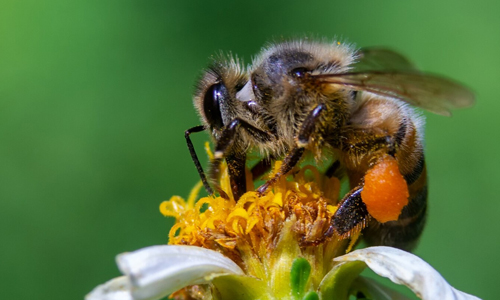
You all might have heard a lot about bumblebees, but everyone cannot see them easily because they are rare, and the people who live near limestone caves may have seen them. Bumblebees are considered friendly beings. Here are some of the fun facts of bumblebee that you have to know!!!
A bumblebee is also known as?
- A. Bombus
- B. Bee
- C. BeeBombus
- D. Bumble
Are Bumblebees Good Pollinators?
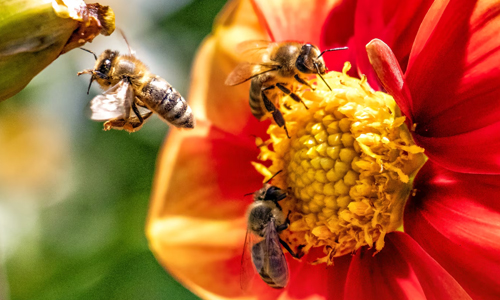
Of course yes!!! Bumblebees are excellent pollinators and are more efficient than many other bees. They mostly forage for pollen than the nectar, and they transfer more pollens to the pistils of the flower with each visit. Bumblebees naturally pollinate many crops like cucumbers, peppers, blueberries, strawberries, raspberries, and also melons. They are especially attracted to the tube-shaped flowers to pollinate.
Where do Bumblebees Live?
Bumblebees build small nests, which are in the size of a baseball. These nests are not like honeybee hives but are built close to the ground or even underground. Sometimes, they are found in clumps of grass, hollow trees, or stumps. In the spring, the queen bees mostly emerge from the underground where they have spent the winter, and look for a nest site.
How do Bumblebees Fly?
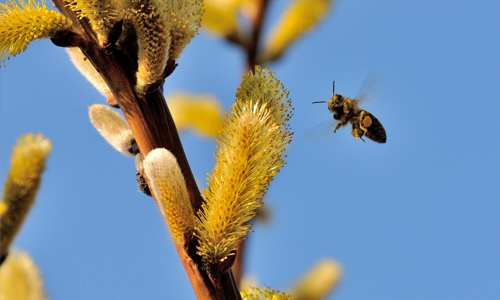
There are nearly 45 species of bumblebees in the US alone. These large bees look round with short fuzzy, and stubby wings. You have to think about how these round bees fly so well. Their tiny wings keep the bees aloft. Additionally, bumblebee wings are more similar to a helicopter propeller rather than an airplane.
Do Bumblebees Sting?
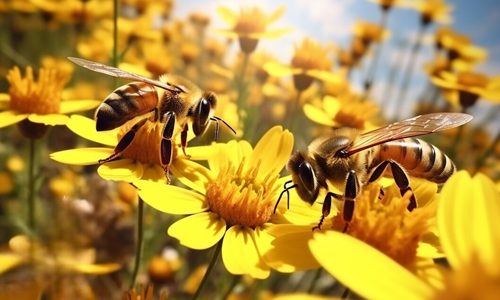
Bumblebees rarely string, though they can. They are generally very mild and docile and they do not form swarms like other kinds of bees, they only sting when are truly provoked. The point to be noted is that only female bumblebees have stingers, and they are too good.
Furthermore, a bumblebee will always give you a warning before it stings. It will stick up its middle leg if it’s annoyed by your presence, which means “back off!”
Are Bumblebees Friendly?
Bumblebees are naturally social bees, they live together in groups called colonies. According to the National Wildlife Federation, they may contain almost 50 or 500 individuals in a single colony, whereas honeybee hives may have around 50,000.
Do Bumblebees Sleep?
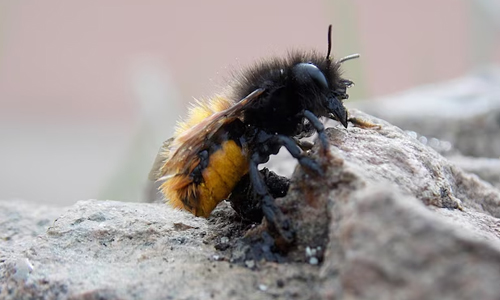
Yes, they do. They sleep for 5 to 8 hours, mostly at night. They do not venture out into the night because of the darkness. Sometimes, bumblebees can be found sleeping on the flowers or under them.
What Kinds of Flowers Attract Bumblebees?
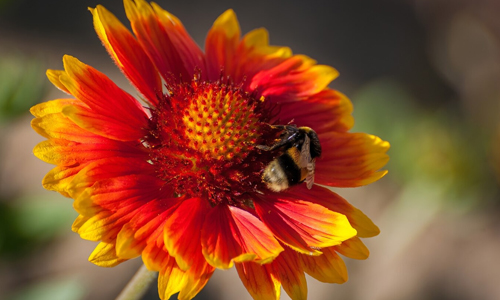
Bumblebees have to work a lot harder than ever to find food and shelter due to habitat loss and the overuse of pesticides. To attract bumblebees and other native bee species, you have to consider native plants like asters, coneflowers, bee balms, and spring ephemerals.
Bumblebees are not fussy and anything that produces nectar and pollen works for them. If you plant even in a small area, the bees have the power to find them easily. Bumblebees are attracted to flowers according to the seasons.
- For early and late summer: Plant coneflowers, sunflowers, black-eyed susans, bee balm, and tall phlox.
- For spring: Try to plant crocuses, Virginia bluebells, California poppies, and spring ephemerals.
- For the fall season: In this particular season, bumblebees find it harder to find nectar, so it’s better to plant bloomers, such as salvia, wild geranium, basil, and parsley.
Do Bumblebees Make Honey?
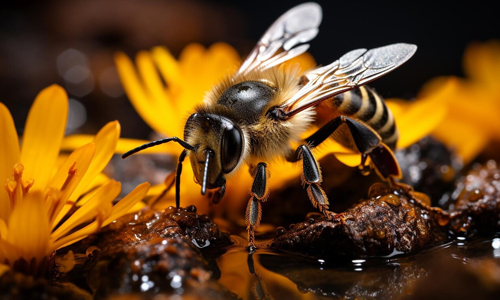
Yes, of course!! But not for human consumption. Bumblebees make a small amount of honey in bad weather. They are used to maintaining about a week’s worth of food in their body, so they need to forage regularly to survive. Early blooming trees and shrubs, like fruit trees, and serviceberry, are especially necessary to give queen bumblebees some nourishment as they wake up and start their new colonies. If even one new queen dies, a whole colony could be lost.
I hope this blog helps you know the facts about bumblebees and their characteristics.